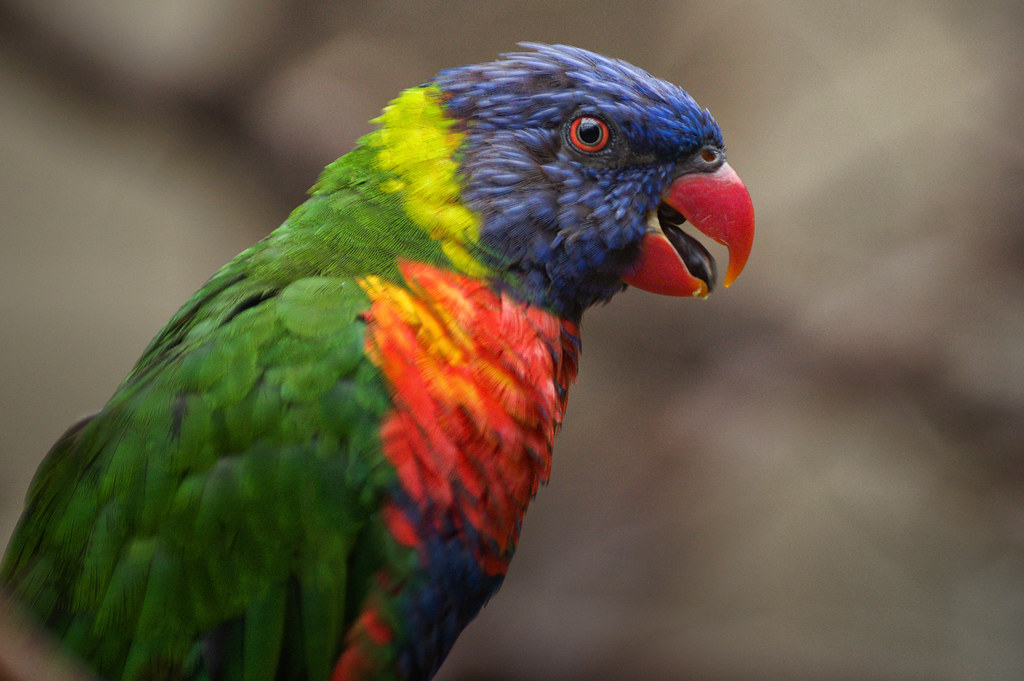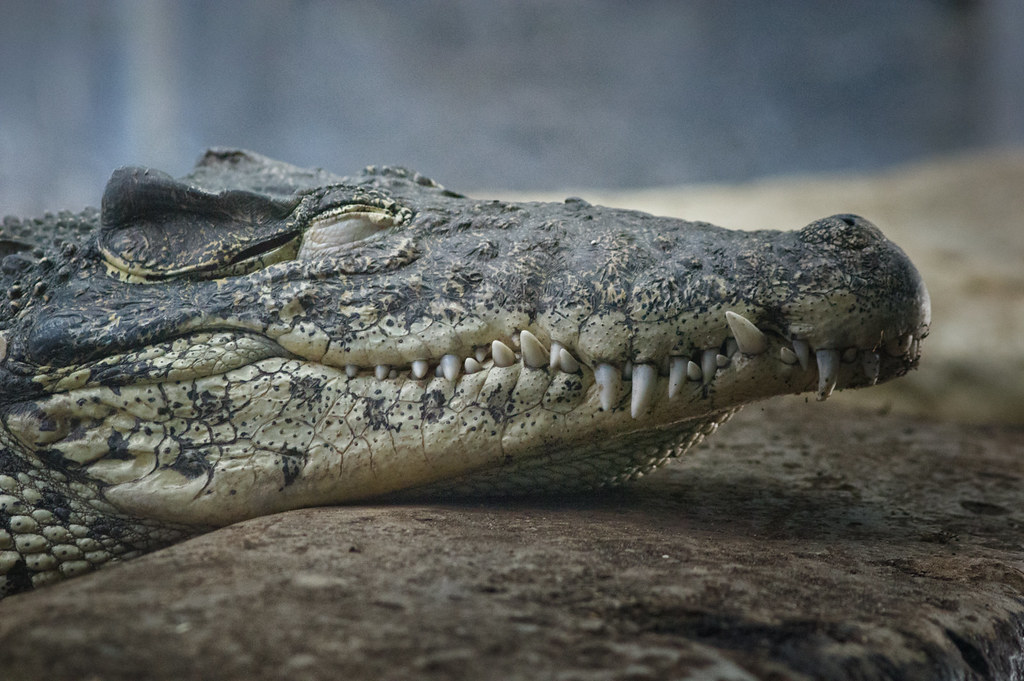From DXO:
"Sports & action photography: Low-Light ISO
Unlike the two previous scenarios in which light is either generous (studio) or stability is
assured (landscape), photojournalists and action photographers often struggle with low
available light and high motion. Achieving usable image quality is often difficult when pushing ISO.
When shooting a moving scene such as a sports event, action photographers’ primary
objective is to freeze the motion, giving priority to short exposure time. To compensate for t
he lack of exposure, they have to increase the ISO setting, which means the SNR will decrease.
How far can they go while keeping decent quality? Our low-light ISO metric will tell them.
The SNR indicates how much noise is present in an image compared to the
actual information (signal). The higher the SNR value, the better the
image looks, because details aren't drowned by noise. SNR strength is
given in dB, which is a logarithmic scale: an increase of 6 dB
corresponds to doubling the SNR, which equates to half the noise for
the same signal.
An SNR value of 30dB means excellent image quality. Thus low-light ISO is the highest ISO
setting for a camera that allows it to achieve an SNR of 30dB while keeping a good dynamic
range of 9 EVs and a color depth of 18bits.
A difference in low-light ISO of 25% represents 1/3 EV and is only slightly noticeable."
----------------------------------------------------------------------------------------------
Just trying to wrap my head around what all this means in practical real world terms.
Put it this way -
given two cameras with an ISO rating one of 1000 and one of 2000.
All else being equal does this mean a gain of 1 stop in ISO performance for instance?
So at an ISO rating of 1000 you have a certain level of noise, say X, at an ISO of 800 and at that
same level of noise on the camera with a ISO rating of 2000, all else being equal,
you have the same level of noise (X) at ISO 1600?
In other words:
DXO ISO rating of 1000 = X@ISO 800
DXO ISO rating of 2000 = X@ISO 1600
And DXO defines X as a SNR of at least 30db at a DR of 9EVs at 18bits.
Just trying to translate this rating into something more useful and intuitive.
Last edited by wildman; 08-02-2014 at 05:28 AM.








 Similar Threads
Similar Threads 






















